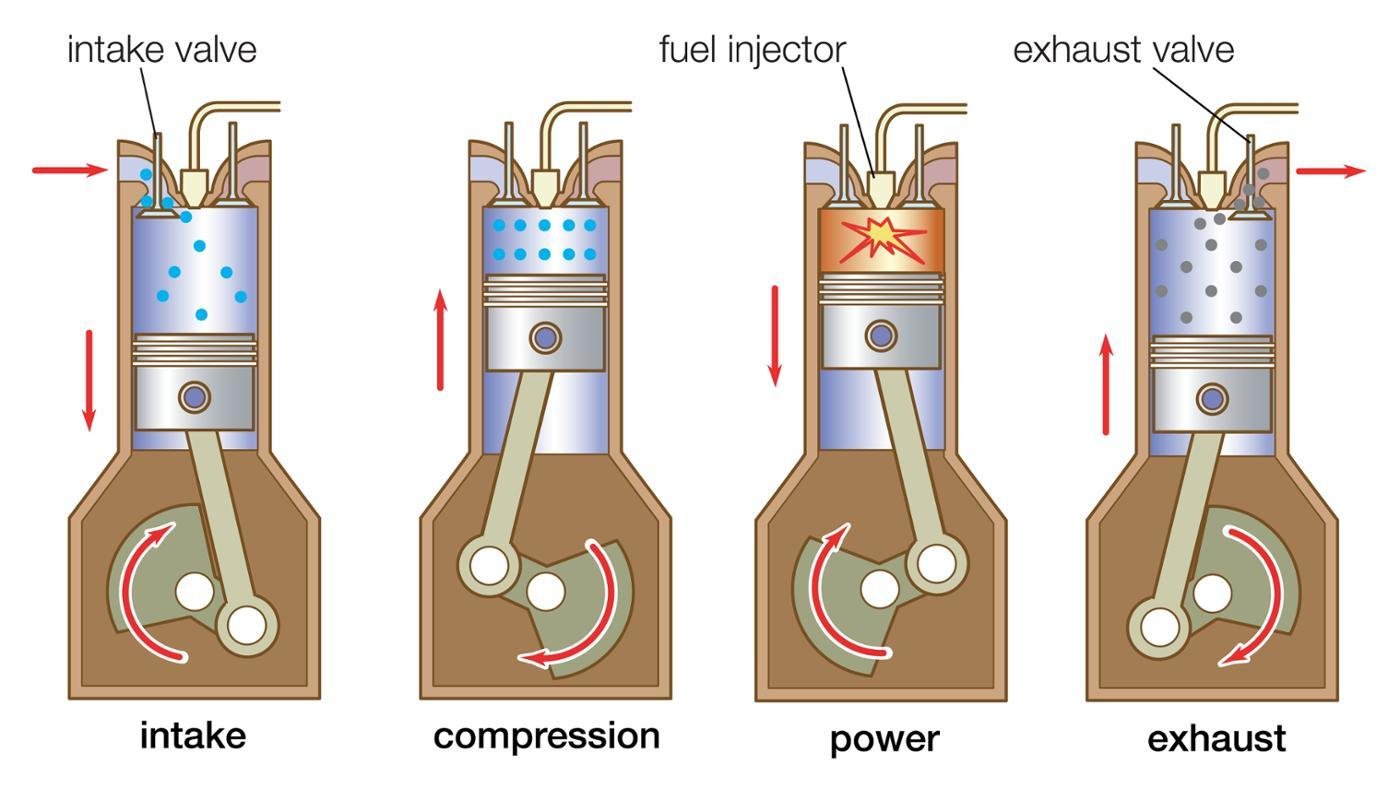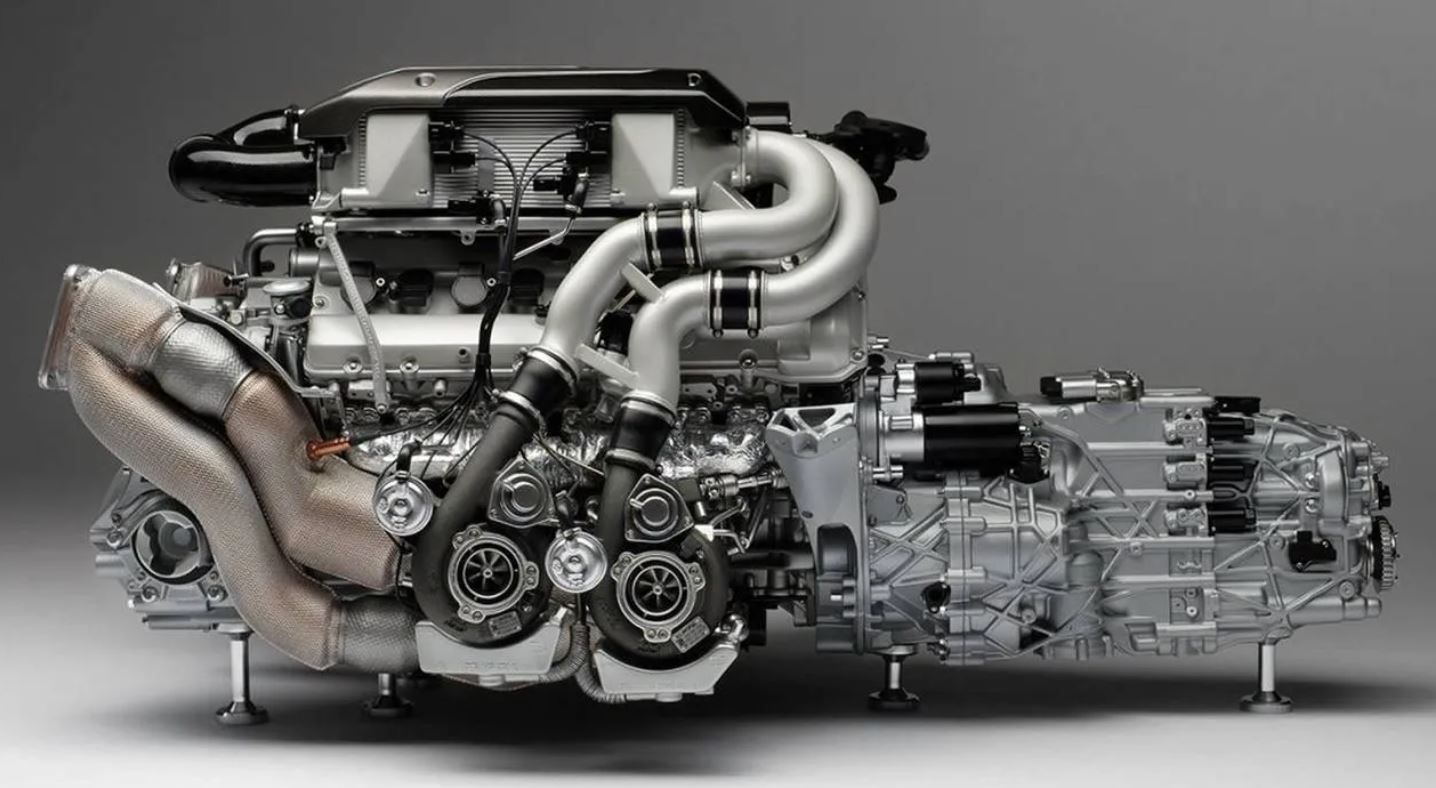The Quest for Ultimate Driving Power: Exploring the Pinnacle of Engine Efficiency and Technological Developments in the Automotive Sector
In the world of automobile design, the quest of optimum driving power has actually been a ruthless pursuit that has unravelled through the development of engine layout and the assimilation of innovative technologies. From the careful craftsmanship of combustion engines to the quick developments in electrical propulsion systems, the auto industry stands at the cusp of a brand-new period characterized by unmatched efficiency capacities. As researchers and designers delve deeper right into the worlds of computational liquid dynamics and check out cutting-edge fuel technologies, the perspective of opportunities expands significantly. Stay tuned as we unravel the detailed tapestry of technical breakthroughs that are shaping the future of vehicle power and efficiency.
Development of Engine Design

Moreover, the integration of turbocharging and supercharging innovations has actually reinvented engine layout by enhancing power without considerably enhancing engine size. These forced induction systems press the intake air, allowing for more gas to be combusted, thus generating greater power output from a smaller engine. This innovation has been particularly critical in boosting the performance of smaller sized variation engines while maintaining fuel efficiency requirements.

Performance-Enhancing Gas Technologies
The execution of advanced fuel technologies has substantially added to enhancing engine performance in modern lorries. From standard gas and diesel to innovative biofuels, artificial fuels, and hydrogen, the automotive market is seeing a revolution in gas options. Biofuels, originated from eco-friendly sources like sugarcane, corn, or algae, offer enhanced and reduced emissions engine effectiveness. Artificial gas, generated via chemical procedures, supply high octane scores, boosting power output. Hydrogen fuel cells, although still in the beginning of adoption, show fantastic assurance due to their zero-emission nature and possibility for high efficiency. In addition, fuel ingredients and detergents are being created to tidy engine elements, maximize burning, and decrease rubbing, thus improving general vehicle efficiency. With continuous r & d, the pursuit for the utmost driving power proceeds, as engineers strive to open the full capacity of performance-enhancing fuel modern technologies in the automobile industry.
Improvements in Electric Propulsion
Significant strides in electrical propulsion innovation have actually changed the automotive sector, leading the way for a new era of sustainable and effective transportation. Electric automobiles (EVs) are obtaining appeal due to their environmental benefits and advancements in battery technology, enabling longer driving varieties and much shorter billing times. Makers are spending heavily in study and development to improve the performance of electrical propulsion systems, concentrating on enhancing power outcome, improving energy effectiveness, and minimizing overall weight.
One remarkable breakthrough in electric propulsion is the development of innovative electrical motors that provide greater torque and power thickness, leading to improved velocity and general driving efficiency. Additionally, regenerative stopping systems have been improved to keep and capture power throughout deceleration, more improving the performance of EVs.
Additionally, the assimilation of smart technologies, such as expert system and predictive analytics, is enhancing the management of electrical propulsion systems, making certain ideal performance under visit our website various driving conditions. These advancements in electrical propulsion are reshaping the automotive landscape, driving the sector towards an extra sustainable and amazed future.
Effect of Computational Fluid Characteristics
With developments in electrical propulsion pushing the limits of auto innovation, the assimilation of Computational Fluid Dynamics is playing a crucial duty in maximizing aerodynamic performance and improving total performance in automobile style. Computational Liquid Characteristics (CFD) includes the usage of computer system simulations to evaluate the circulation of air around a car, making it possible for designers to forecast how design modifications will influence the rules of aerodynamics without the need for costly physical prototypes. By accurately modeling air movement patterns, CFD permits for the refinement of vehicle shapes to decrease drag, boost air conditioning, and enhance stability.
CFD allows engineers to enhance air movement around components such as radiators, engine bays, and wheel wells, contributing to boosted performance and overall driving experience. In verdict, the assimilation of Computational Liquid Characteristics stands for a significant step ahead in the quest for utmost driving power and efficiency in the automotive industry.
Future Fads in Engine Development
In the dynamic landscape of vehicle design, cutting-edge developments are forming the future trajectory of engine development. The future of engine style is noted by a strong focus on performance, sustainability, and performance. Makers are progressively concentrating on developing engines that not just deliver high power outcomes however also focus on environmental duty by enhancing and reducing discharges fuel efficiency.
One popular pattern in engine advancement is the rise of electrification. Crossbreed and electric powertrains are obtaining grip as sensible choices to conventional burning engines. These modern technologies use the possibility for substantial decreases in carbon emissions and enhanced energy effectiveness, straightening with global efforts to deal with environment modification.
In addition, advancements in materials science and production techniques are enabling the manufacturing of lighter and more long lasting engine components. This shift in the direction of light-weight products such as carbon fiber and light weight aluminum alloys adds to enhanced performance and fuel economic climate.
Final Thought
Finally, the quest of supreme driving power in the vehicle field remains to drive innovations in this article engine layout, gas modern technologies, electrical propulsion, and computational fluid dynamics. The development of these modern technologies is forming the future of engine development, leading the way for a lot more reliable and powerful website link cars (engines for africa). As the industry continues to push the boundaries of what is possible, we can expect to see even more cutting-edge growths in the mission for peak performance
One of the crucial turning points in engine layout advancement is the change from conventional carbureted engines to contemporary fuel-injected systems. By exactly metering the gas distribution to each cylinder, fuel-injected engines optimize combustion, resulting in far better performance and decreased environmental influence.
In addition, the integration of turbocharging and supercharging modern technologies has transformed engine layout by increasing power without significantly enhancing engine size (engines for africa).The application of innovative fuel modern technologies has actually substantially contributed to boosting engine efficiency in modern-day lorries. Furthermore, gas ingredients and cleaning agents are being developed to tidy engine parts, enhance burning, and reduce friction, consequently improving general vehicle performance
Comments on “Discover Top-Quality Engines for Africa at Our Reputable Automobile Components Shop”